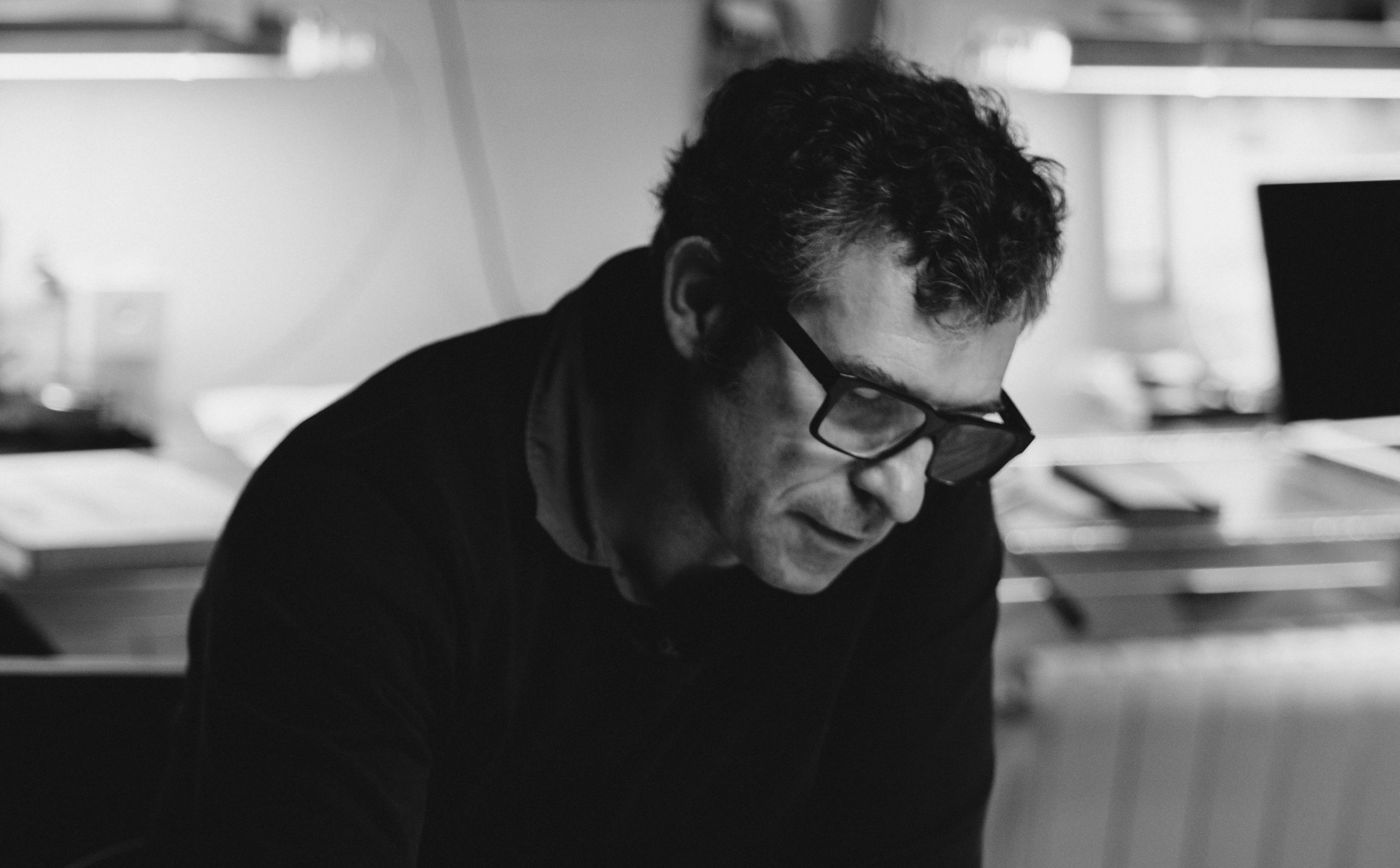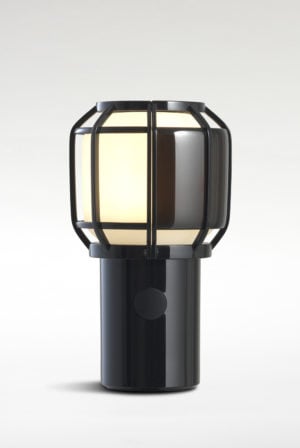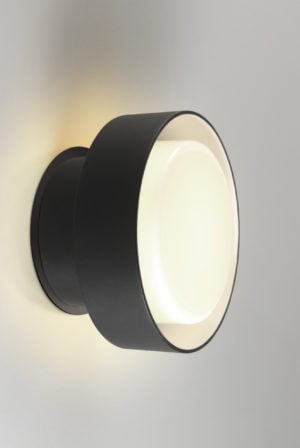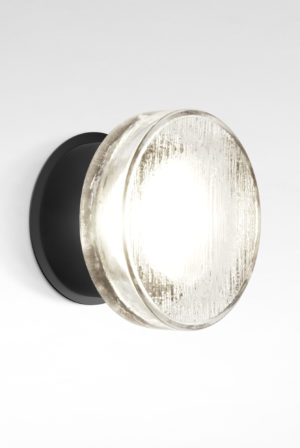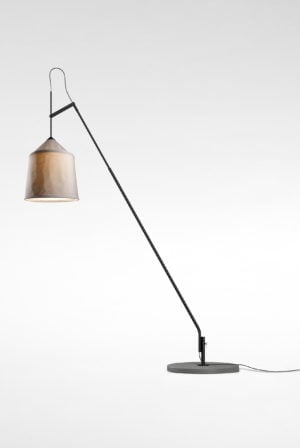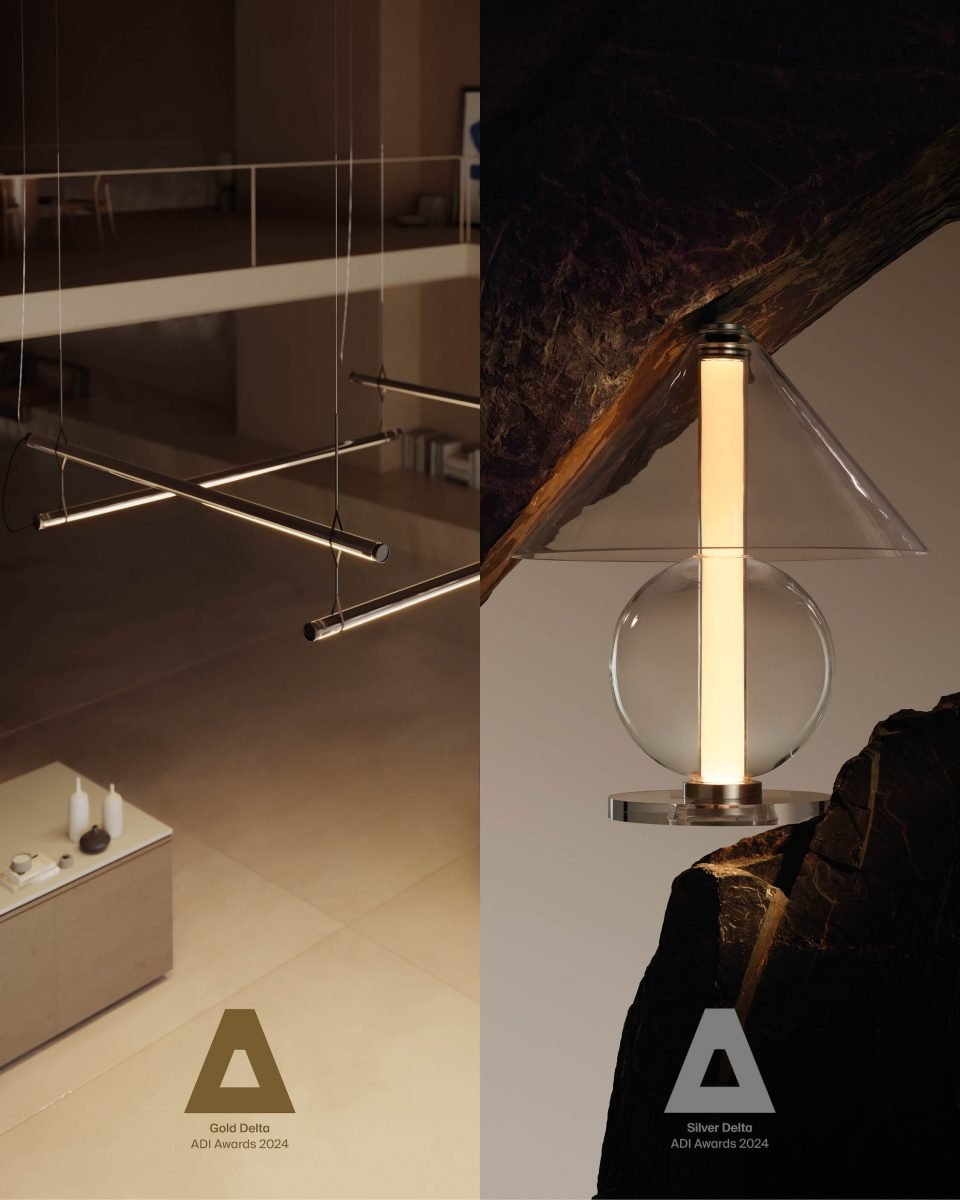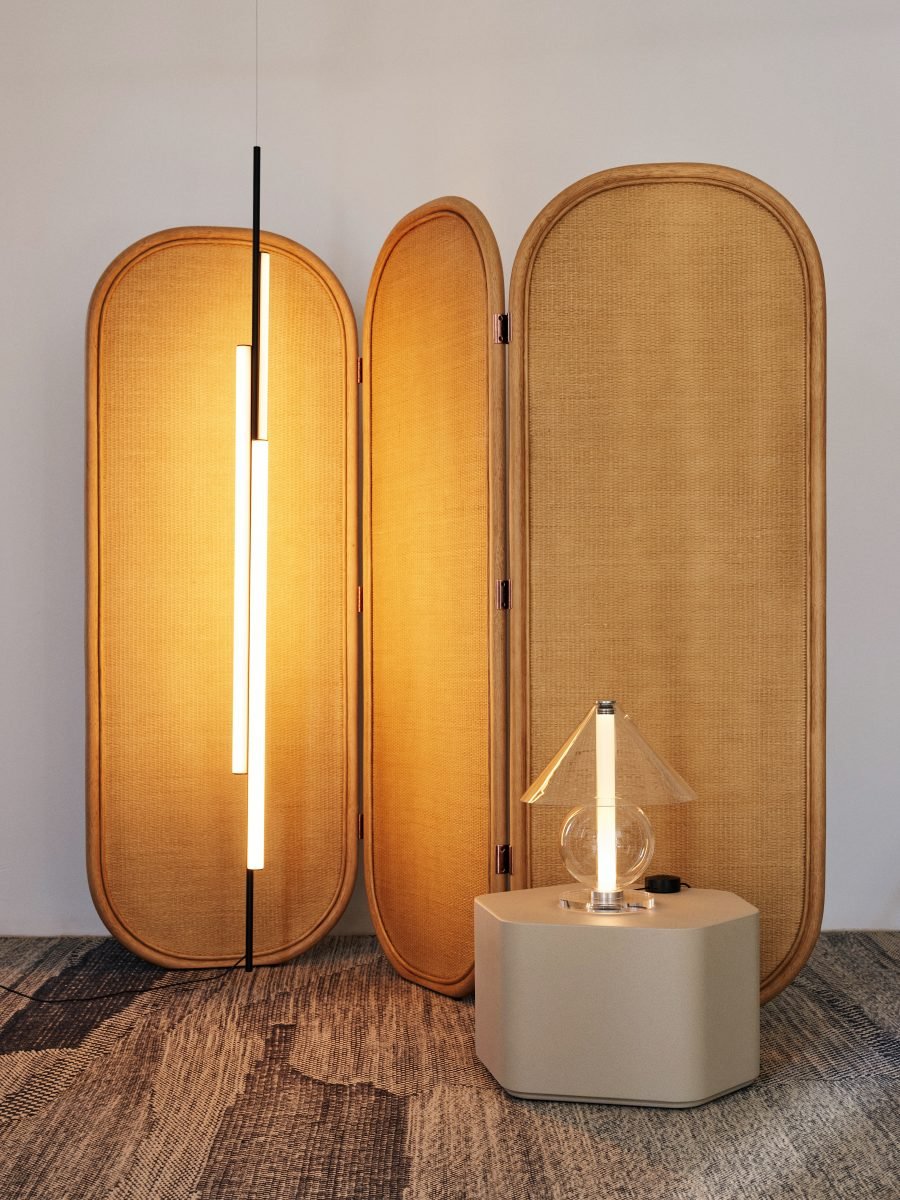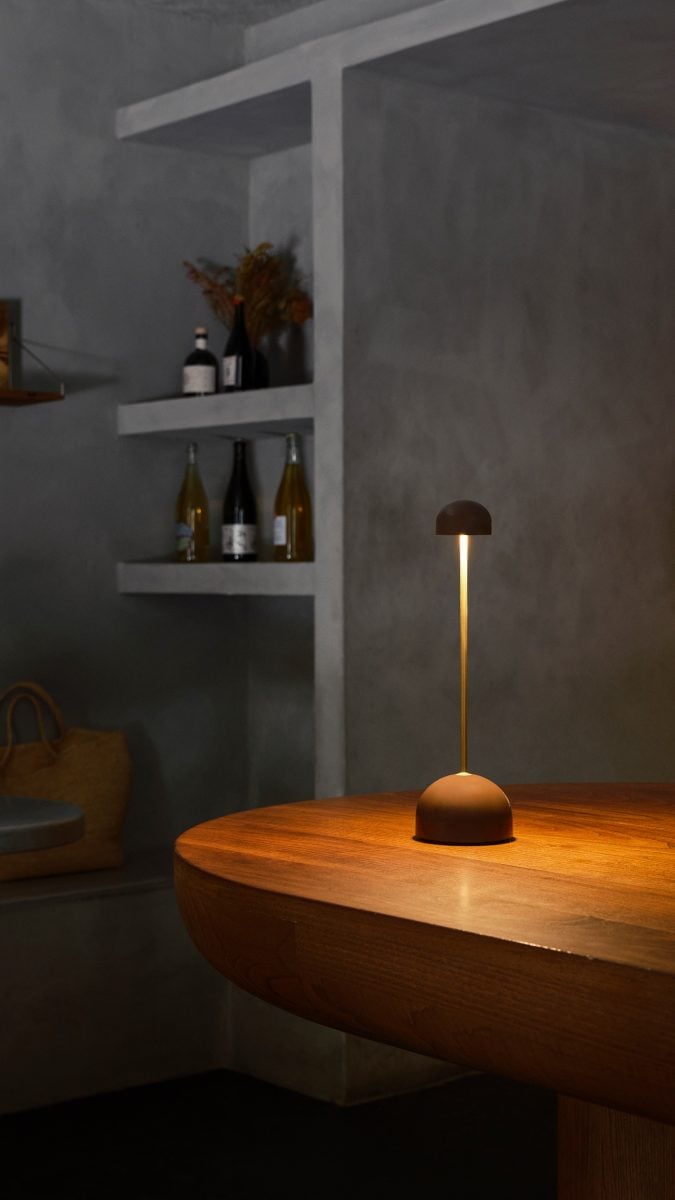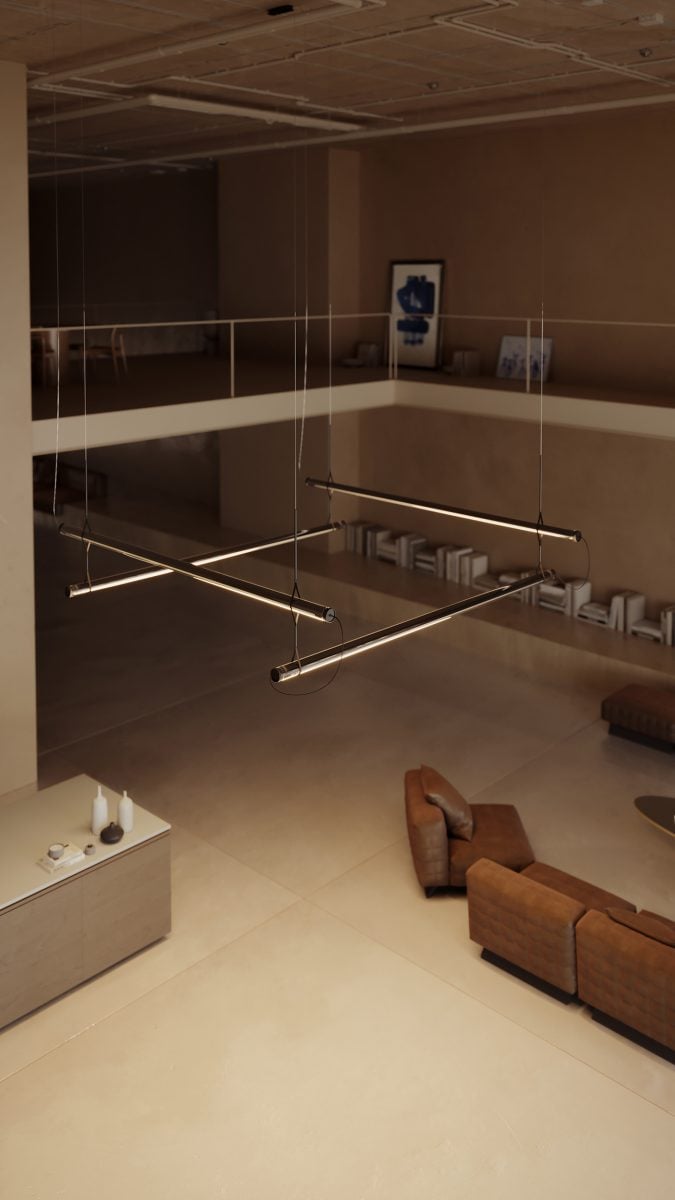Joan Gaspar, making the outdoors livable
Joan Gaspar, Marset’s product manager, is the designer of iconic collections such as Cala, Soho and Ginger. His most recent designs, Roc, TXL and Jaima are part of the outdoor collection, seeking to create new environments through warm and subtle lighting. Thoroughly interested in showing the processes he follows when working, his products, both for indoors and outdoors, are designed from simplicity and convey the value of timelessness.
“We are now interested in not treating our indoor lamps separately from the outdoor collection.”
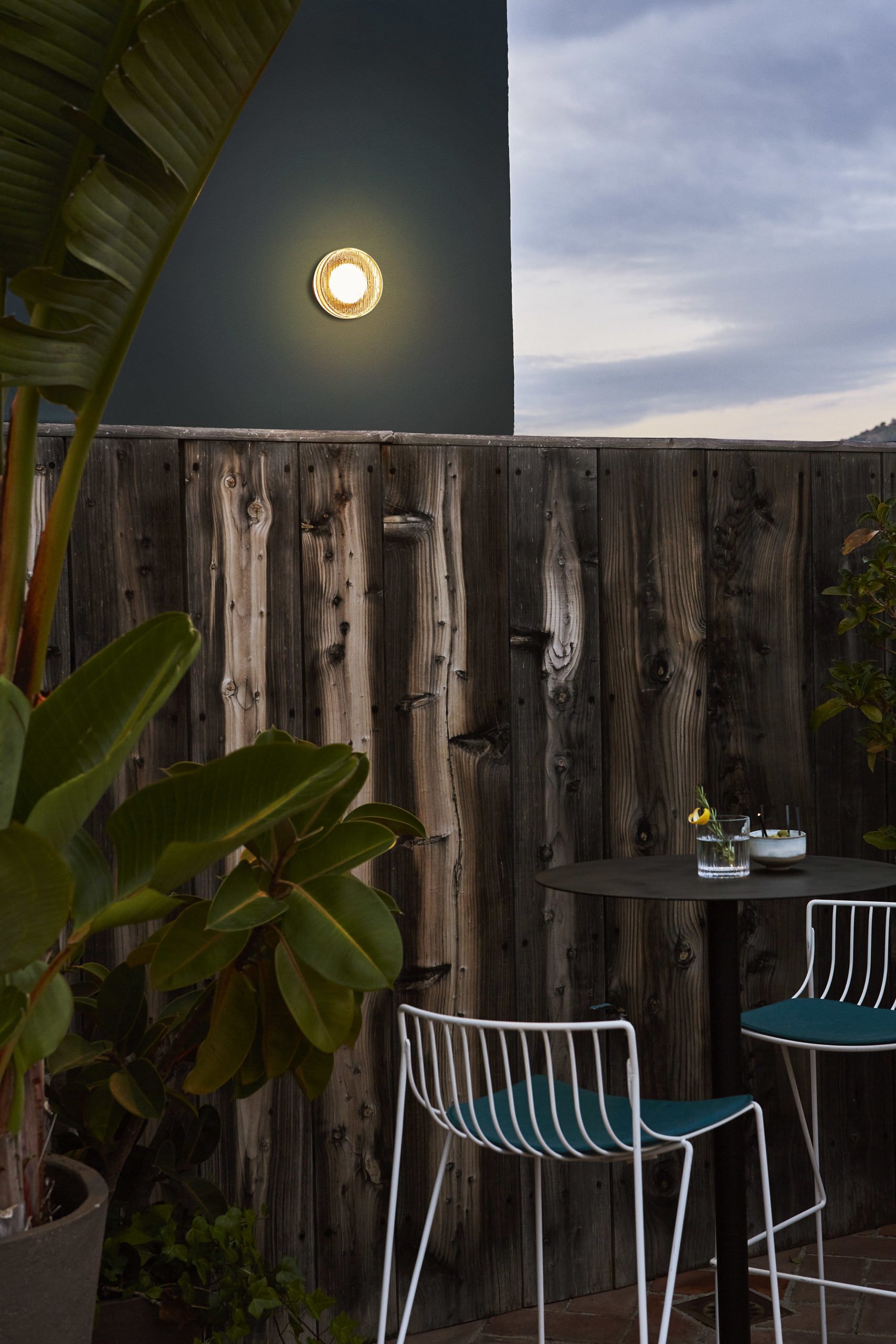
MWhat does light care mean to you?
J.GFor me, light care means taking care of all the details that encompass the lamp without forgetting what you can't see in it. It means that the lamp is formally beautiful and that it illuminates well, that it doesn't bother you when you turn it on. I like that the light it emits is not invasive and that it allows us to see interesting things about the object and its construction. That it decorates without being too strident and that when it is turned on it has a second life. To achieve this, I make sure that the designs are perceived as a valuable object, that they are well proportioned, that they provide off and on and, after all, that they are beautiful. At Marset, we want our products to last over time, and that means not being too subject to trends. As editors, we have to use the materials that work best for the product, and just because everyone is using a particular material doesn't necessarily mean that it will work three or four years down the road.
MWhen designing an outdoor lamp, how do you start your creative process?
J.GI always draw by hand, just as if it were an indoor design, but in this case taking into account the added factors that come with the product being permanently outdoors. Then I use a 3D printer that helps me to see things much faster and with which I can build mock-ups. We are now very interested in not treating our indoor lamps separately from the outdoor collection. We want to offer a collection that can be in any part of a project, offering indoor and outdoor solutions, conveying the same values.
MWhat does it mean to you to take Marset's designs outdoors?
J.GIt means being able to offer solutions to any type of project and that our lighting accompanies the architecture, the garden, even nature. To highlight these spaces without bothering and making them more livable.
MTell us about Roc, what kind of innovation does this lamp bring? What was your inspiration for its formal design?
J.GI was inspired by the Plaff-on! lamp, the original, which is more than ten years old. In this case, I wanted to design an outdoor wall lamp, but round, compact and with a pressed glass diffuser. Nowadays it is very difficult to innovate in lamp typologies, nowadays part of the innovation comes from using new materials or technologies.
MWhy did you want to take Plaff-on! outdoors?
J.GThe market was asking for it. It has been working for years and it is well liked. It is a simple and very useful design that, when applied outdoors, is even more effective.
MHow does the TXL generate a warm atmosphere outdoors? How relevant is the material of the lampshade in this lamp?
J.GIn the TXL, the material of the lampshade is essential, because it filters the light and it seems to vibrate, it is a lamp that manages to surprise and that is very important to me. The TXL is a revision of a lamp that worked for a long time but needed to be updated, and so it has been.
MTell us about the Jaima, how did you manage to innovate with this lamp?
J.GThe Jaima uses a material very similar to that of the TXL, which manages to sift the light. The aim of these lamps is to illuminate with all the warmth, as if they were indoor, with the added bonus that they can be outside and can get wet. In both cases, the lampshade is very important: it is coated on the inside in white to achieve an impeccable light. They are lamps that dress the light. In the case of the Jaima, the textile material has allowed me to design a large volume supported by a very thin structure, which is barely visible.

